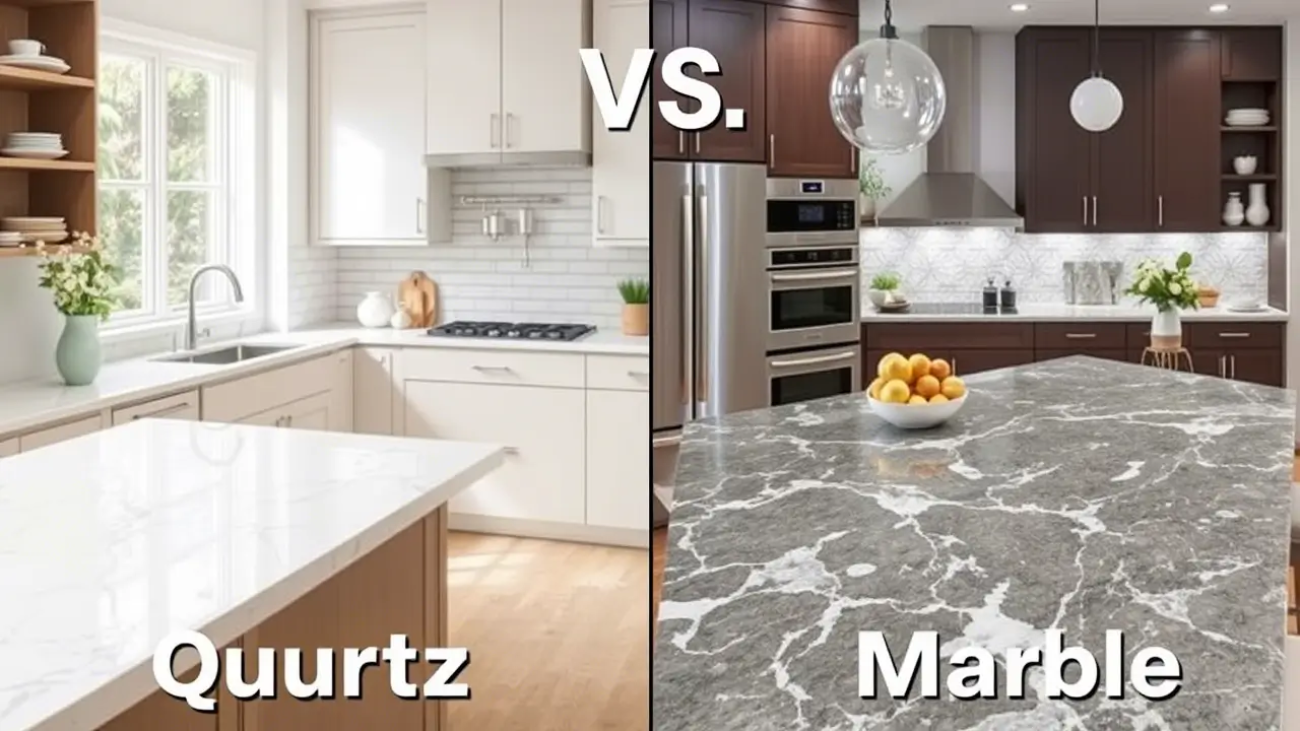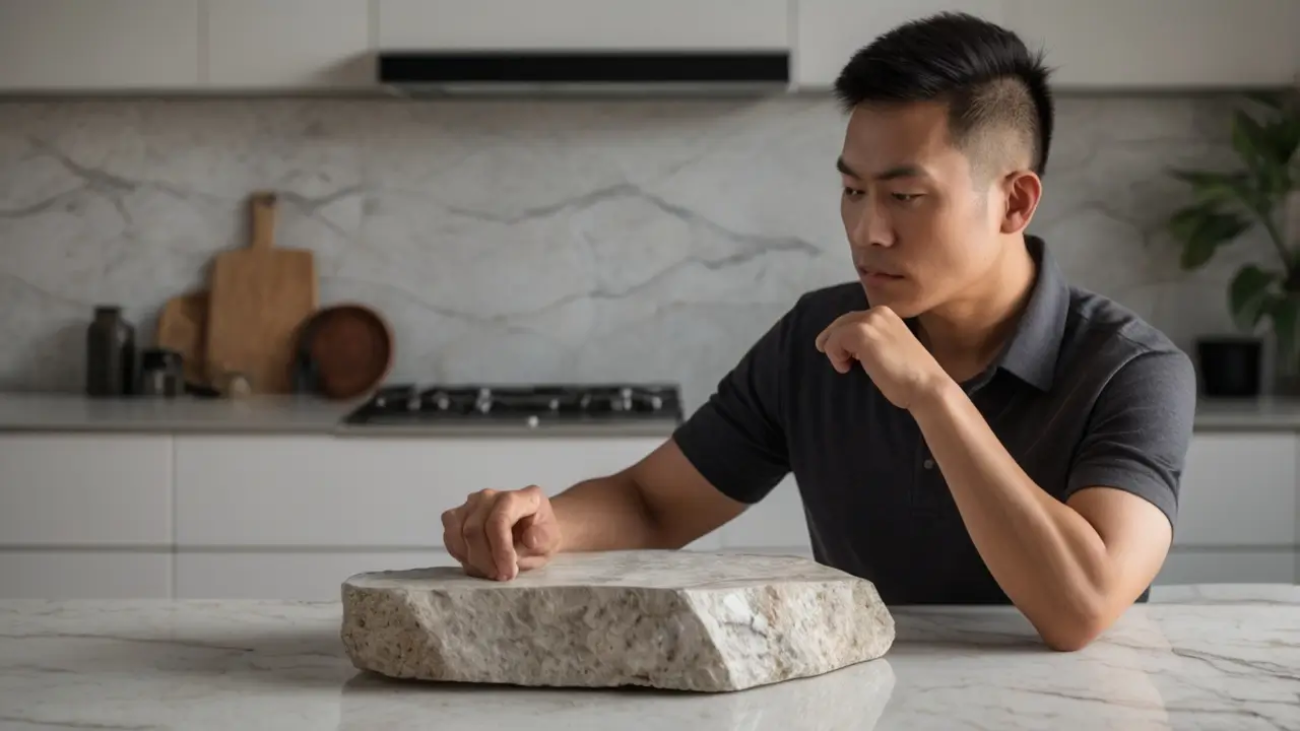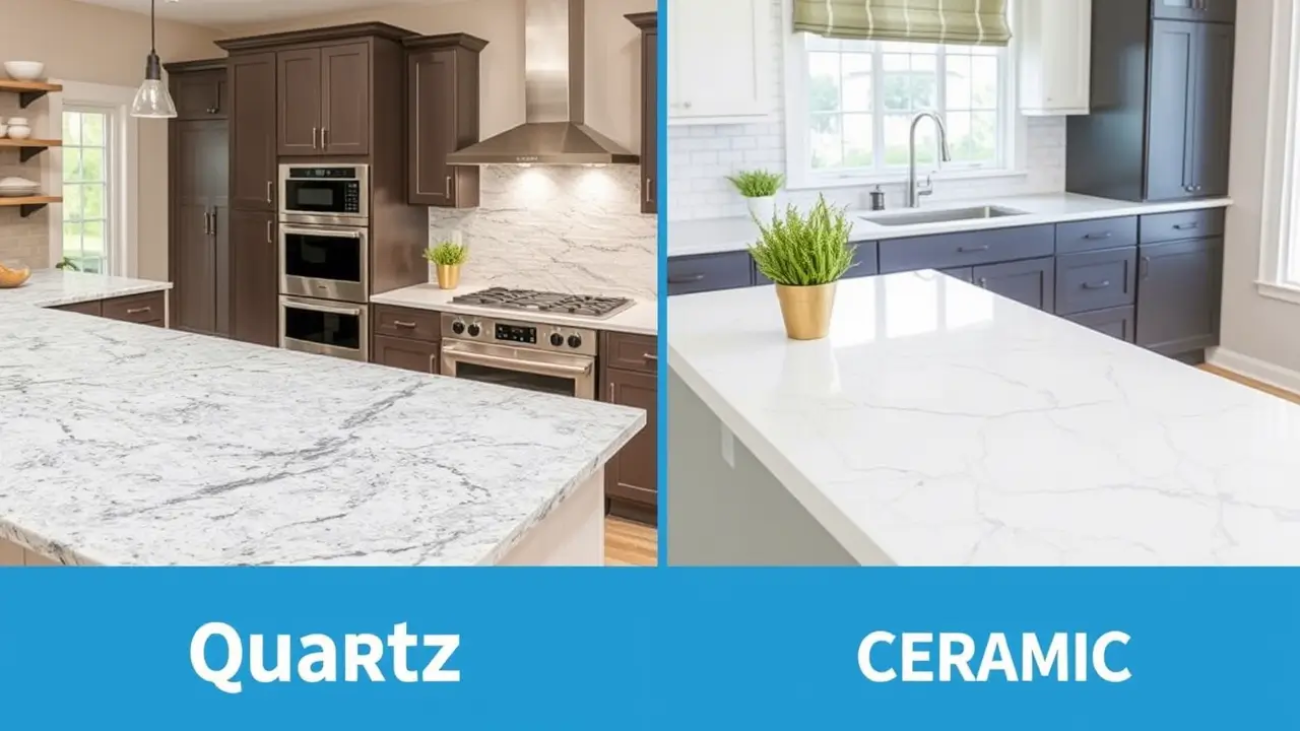When it comes to home renovations, particularly in the kitchen, countertops play a pivotal role in both functionality and aesthetics. I have always been drawn to the elegance and durability of stone countertops, but I often found myself grappling with the high costs associated with them. However, I soon discovered that there are affordable options available that do not compromise on quality or style.
The world of stone countertops is vast, and understanding the various materials and their price points can help me make an informed decision that fits my budget. In this article, I will delve into the different types of stone countertops available on the market, exploring their pros and cons, and comparing their prices. My goal is to provide insights that will help anyone looking to enhance their kitchen without breaking the bank.
By examining options like granite, marble, quartz, soapstone, slate, limestone, and travertine, I hope to uncover the best affordable stone choices that can elevate any kitchen space.
Pros and Cons of Different Stone Options
Durability and Aesthetics of Granite
Granite, for instance, is renowned for its durability and resistance to scratches and heat. I appreciate how it can withstand the rigors of daily kitchen use while maintaining its beauty over time.
The Luxurious Appearance of Marble
On the other hand, marble is often celebrated for its luxurious appearance and unique veining patterns. I find it incredibly appealing for its aesthetic qualities; however, I learned that it is more porous than granite and can be susceptible to staining and scratching.
Weighing the Factors
This means that while it may look stunning in my kitchen, I would need to be more diligent about maintenance and care. Each stone type presents a unique blend of benefits and challenges, making it essential for me to weigh these factors carefully before making a decision.
Comparing Prices of Granite, Marble, and Quartz
When I started comparing prices among granite, marble, and quartz countertops, I was surprised by the variations. Granite typically ranges from $40 to $100 per square foot, depending on the quality and origin of the stone. While this price point can be daunting, I found that investing in granite could be worthwhile due to its longevity and resilience.
It’s a material that can withstand the test of time, making it a popular choice for many homeowners. Marble, on the other hand, tends to be more expensive, often falling between $50 and $150 per square foot. The allure of marble is undeniable; however, I had to consider whether the higher price justified its maintenance needs.
Quartz countertops are an interesting alternative as they are engineered stone products made from natural quartz crystals mixed with resins. Their prices generally range from $50 to $120 per square foot. I appreciate quartz for its non-porous surface and low maintenance requirements, making it a practical choice for busy kitchens.
The Affordability of Soapstone and Slate Countertops
As I continued my exploration of stone countertops, I stumbled upon soapstone and slate as two affordable options that piqued my interest. Soapstone is a natural stone known for its softness and warmth. Its price typically ranges from $50 to $100 per square foot, making it a competitive choice compared to granite and marble.
What I find particularly appealing about soapstone is its unique ability to resist heat and stains, which makes it an excellent option for cooking enthusiasts like myself. Slate countertops are another budget-friendly alternative that caught my attention. Priced between $50 and $75 per square foot, slate offers a distinctive look with its rich colors and textures.
While it may not be as widely recognized as granite or marble, I appreciate slate’s durability and ease of maintenance. Its natural beauty can add character to any kitchen space without straining my budget.
Exploring the Cost of Limestone and Travertine Countertops
Limestone and travertine are two additional stone options that deserve consideration when searching for affordable countertops. Limestone typically ranges from $40 to $70 per square foot, making it one of the more economical choices available. Its natural appearance can create a warm and inviting atmosphere in my kitchen.
However, I must keep in mind that limestone is more porous than other stones, which means it may require sealing to prevent stains. Travertine is another beautiful option that often falls within the same price range as limestone. With prices ranging from $40 to $80 per square foot, travertine offers a unique texture and earthy tones that can enhance any kitchen design.
While it is durable, I learned that like limestone, travertine also requires regular maintenance to keep it looking its best. Understanding these nuances helps me appreciate the beauty of these stones while being mindful of their care requirements.
Factors That Affect the Price of Stone Countertops
As I delved deeper into the world of stone countertops, I realized that several factors influence their pricing beyond just the type of stone itself. One significant factor is the origin of the stone; imported stones often come with higher shipping costs that can drive up the final price. Additionally, the quality of the stone plays a crucial role; higher-grade stones with fewer imperfections tend to be more expensive.
Another aspect that affects pricing is the complexity of installation. If a countertop requires intricate cuts or special finishes, this can lead to increased labor costs. Furthermore, local market conditions can impact prices; in areas where demand for stone countertops is high, prices may reflect that trend.
Understanding these factors has helped me navigate my options more effectively as I search for affordable solutions.
Tips for Finding Budget-Friendly Stone Countertops
Finding budget-friendly stone countertops doesn’t have to be a daunting task if I approach it with a strategic mindset. One tip I discovered is to shop around at various suppliers and showrooms. By comparing prices from different vendors, I can identify competitive offers that fit my budget.
Additionally, considering remnants or off-cuts from larger projects can lead to significant savings while still providing high-quality materials. Another strategy is to keep an eye out for seasonal sales or promotions. Many suppliers offer discounts during certain times of the year or when they are looking to clear out inventory.
By timing my purchase wisely, I can take advantage of these opportunities without compromising on quality. Lastly, seeking out local fabricators who specialize in stone countertops may yield better pricing than larger chain stores.
Choosing the Best Affordable Stone for Your Kitchen
In conclusion, my journey through the world of affordable stone countertops has been enlightening and rewarding. With so many options available—from granite and marble to soapstone and slate—I have learned that there are beautiful materials out there that won’t break the bank. Each type of stone has its own unique characteristics that cater to different tastes and needs.
Ultimately, choosing the best affordable stone for my kitchen comes down to balancing aesthetics with practicality while keeping my budget in mind. By considering factors such as durability, maintenance requirements, and installation costs, I feel empowered to make an informed decision that enhances my kitchen space without compromising on style or functionality. With careful planning and research, I am confident that I can find the perfect stone countertop that meets both my design aspirations and financial constraints.
If you are looking for affordable options for kitchen countertops, you may want to consider Jess Stone as a surface solution. Jess Stone is a cost-effective alternative to traditional stone countertops, offering durability and aesthetic appeal at a lower price point. For more information on Jess Stone and its benefits, you can check out this article. Additionally, developers are increasingly choosing solid tops granite for their projects due to its durability and timeless beauty. To learn more about why developers are opting for solid tops granite, you can read this article.
FAQs
What is the cheapest stone for kitchen countertops?
The cheapest stone for kitchen countertops is typically laminate. It is a synthetic material that is designed to mimic the look of natural stone at a lower cost.
What are some other affordable options for kitchen countertops?
Other affordable options for kitchen countertops include ceramic tile, butcher block, and concrete. These materials can provide a stylish and durable surface at a lower price point than natural stone.
Are there any natural stone options that are more affordable?
Yes, some natural stone options can be more affordable than others. For example, granite is often more affordable than marble or quartzite. Additionally, some types of quartz can be more budget-friendly than others.
What factors can affect the cost of stone countertops?
The cost of stone countertops can be affected by factors such as the rarity of the stone, the complexity of the installation, and the size of the project. Additionally, the region and availability of the stone can also impact the cost.
Are there any ways to save money on stone countertops?
One way to save money on stone countertops is to consider using remnants or smaller pieces of stone. Additionally, shopping around for different suppliers and getting multiple quotes can help to find the best price for the desired stone.










